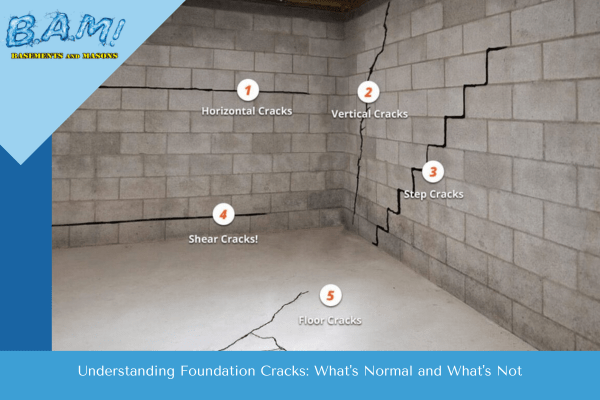Some Known Incorrect Statements About Best Basement Waterproofing
Best Basement Waterproofing Fundamentals Explained
Table of ContentsBest Basement Waterproofing Fundamentals ExplainedBest Basement Waterproofing for DummiesAbout Best Basement WaterproofingThe 10-Minute Rule for Best Basement Waterproofing
What creates water damage problems in your cellar? Pipelines that line the inside of your wall surfaces are simply one example of where water damages can take place.The soil and ground of your home is really important. If there is excessive water bordering your home, however, it can push the soil into your home and create the seals of your basement to become jeopardized. when you see excess water in areas where it ought to not be, that is an excellent indicator that you have an issue.
You use the finish with a hefty brush made with bristles swirled during application for an eye-catching, completed appearance. Concrete water resistant finishings can not be applied to previously repainted surface areas Silicate-based concrete sealers, likewise known as densifiers, are likewise suitable only for wall surfaces that have not been repainted or sealed.
Best Basement Waterproofing Fundamentals Explained
Plastic sheets and panels could be combined with interior basement drain systems. They do not quit water from getting via the wall surface, yet they do stop it from destroying points in the basement.
A sump pump is required to relocate water out of your cellar. Below are a couple of points the professionals can set up to assist the waterproofing procedure: this is developed for the walls of your cellar.

Cellar waterproofing is a wonderful method to get ahead of possible water damage that might come your means.
Everything about Best Basement Waterproofing
When it pertains to protecting your home, one of one of the most essential actions you can take is cellar waterproofing. A dry cellar not just ensures a safe and healthy environment for you and your family members, however it likewise assists to prevent expensive water damage and mold development. In this article, we will certainly discuss the relevance of basement waterproofing, the advantages it offers, and exactly how you can deal with securing your area.

When it involves cellar waterproofing, there are several approaches that can be used to maintain water out of your room. These consist of indoor sealers, exterior waterproofing membranes, and drain systems. The most effective method for your basement will certainly rely on factors such as the level of water breach, the problem of your structure, and your spending plan.
To conclude, cellar waterproofing is a vital action in protecting your home from water damage, mold growth, and other issues. By investing in basement waterproofing, you can make sure that your room remains dry, secure, and healthy and balanced for you and your family. Not just does basement waterproofing offer peace of mind and security for your home, however it can additionally enhance its value and conserve you cash on power prices in the future.
More About Best Basement Waterproofing
Interior sealers are a kind of basement waterproofing approach that involves applying a sealant to the within the cellar walls and floors. Water can leak into a cellar through fractures, gaps, or porous concrete, particularly in locations where there is high groundwater or bad drainage. This can result in water damages and mold growth, in addition to damages to the foundation and structural honesty of the structure.
It is an effective solution for protecting against water damage and maintaining the structural integrity view it now of the building. Nevertheless, it can be expensive and disruptive to install, as it needs excavation around the foundation and may involve landscaping and various other repair work once the waterproofing is full. Nonetheless, this method is the most reliable and lasting remedy for protecting against water seepage in the cellar.
Foundation fracture injections are a technique of repairing fractures in the structure wall surfaces from the within, without digging deep into the dirt around the foundation. The procedure includes infusing a fluid polyurethane or epoxy into the cracks, which then solidifies and develops a water resistant obstacle that stops water from permeating through. This approach is typically made use of for smaller splits that do not pose a structural danger, and can be finished swiftly and with very little disturbance to the structure's owners.